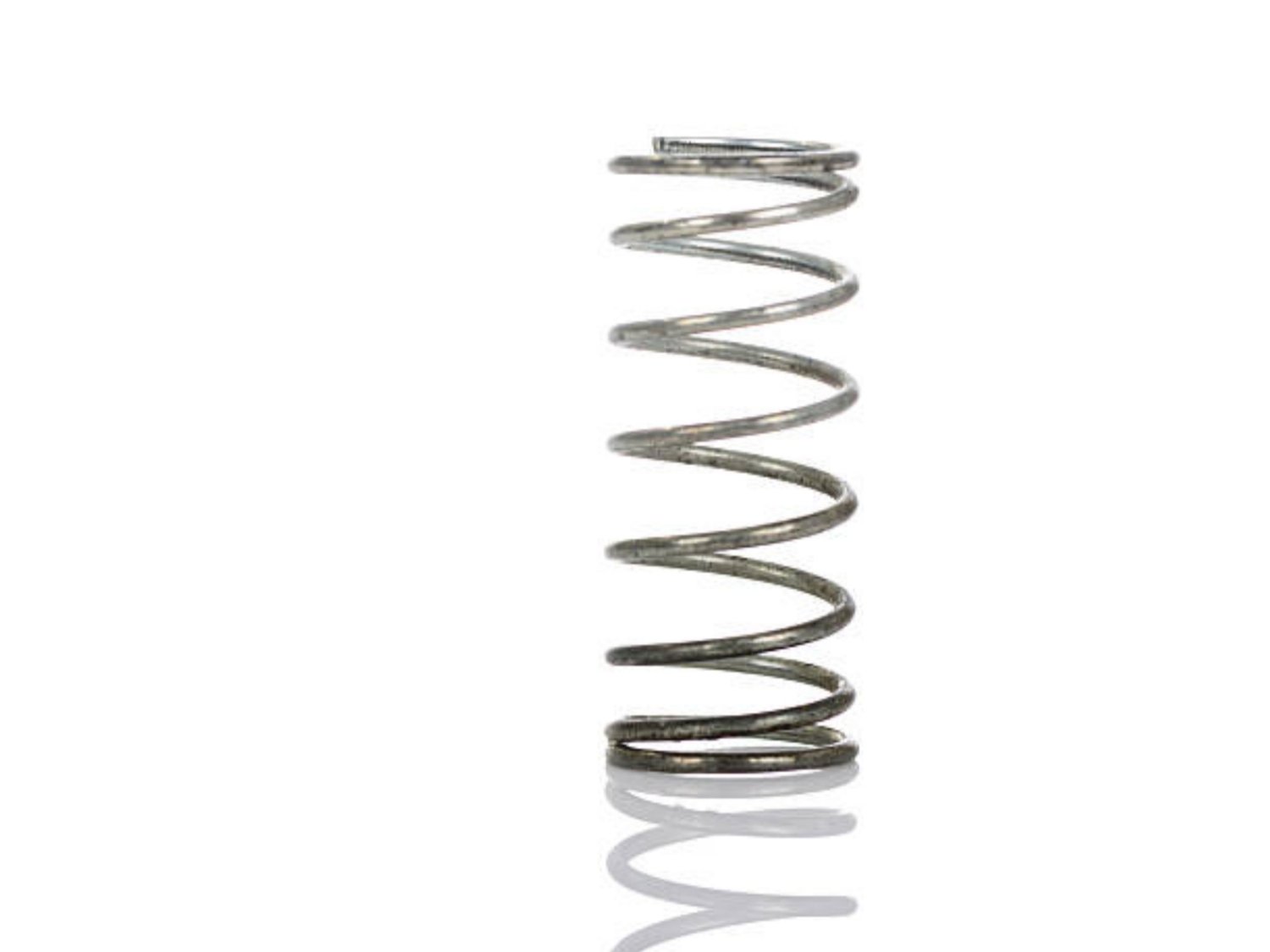Understanding Springs: A Brief Overview
Springs are an essential element in various mechanical systems, including automobiles, watches, toys, and industrial machinery. They are essential in absorbing shocks, storing energy, and providing resistance. Springs come in various shapes, sizes, and styles, depending on their intended use. The most common types of springs are coil springs and tension springs. This article will discuss the differences between these two types of springs, their applications, and how they work.
Coil Springs vs. Tension Springs: What Sets them Apart?
A spring's function is to store potential energy by absorbing forces and then release that energy to perform a task. However, based on the application and the forces they can handle, springs come in two different types – coil springs and tension springs.
What is a Coil Spring?
A coil spring is a mechanical spring that features a helical (spiraled) shape. They are generally made of steel or other metals that are capable of withstanding high stresses and load-bearing applications. They resist compression when a force is applied, which causes the coil spring to contract or expand.
What is a Tension Spring?
A tension spring, also known as a extension spring, operates in the opposite direction of the coil spring. They are designed to resist stretching forces and can store energy when pulled. They typically consist of two tightly coiled objects, attached to each end of the spring, pulled apart from one another, causing the spring to lengthen and store energy.
Working of Coil Springs
Coil springs are widely used in multiple mechanical systems, such as automobiles and industrial machinery. They compress when under a force, which causes the coils to tighten and coil together. When the pressure is released, the coil springs return to their original lengths. This compressed and released action is what makes coil springs ideal for shock absorption, dampening, and even storing energy.
Working of Tension Springs
Tension springs are mostly used in applications involving pulling and stretching them, thanks to their ability to resist this type of force. These springs can store energy in their center coils, releasing it as tension when pressure is removed. Tension springs are common in construction, where they are used to hold or secure objects that need to retract.
Applications of Coil Springs
Coil springs are utilized in various products like suspension systems in vehicles, watches, guns, and mattresses. They provide the necessary force to compress and release, creating a bouncy effect or dampening unwanted vibrations.
Applications of Tension Springs
Tension springs find relatively fewer applications than coil springs, mainly due to their specific properties. They are primarily used in devices that require expansion, such as garage doors, slide-out toolboxes, and curtains. Tension springs are also used in balance scales, trampolines, and many other devices where stored energy is needed.
Coil Spring vs. Tension Spring: Which to Choose?
Choosing between a coil spring and a tension spring depends mainly on the application and the desired force required. Coil springs are ideal for absorbing shocks, while tension springs are ideal for retracting and stretching objects. Tension springs are stronger and more resistant than coil springs.
In Conclusion
Coil springs and tension springs are ubiquitous in various mechanical systems. Understanding the differences between the two is crucial before embarking on any mechanical project. Coil springs compress under a force and are commonly used in various products like suspension systems in vehicles and mattresses. On the other hand, tension springs store energy in their center coils, exerting force when pulled, and are used in garage doors, scales, and trampolines, among other products. coil spring, tension spring, mechanical systems, energy, force, compression, shock absorption What is the Difference Between Coil Spring and Tension Spring? A comprehensive explanation Learn about the differences between coil springs and tension springs. Discover their applications, working mechanisms, and why they are essential in various mechanical systems.

